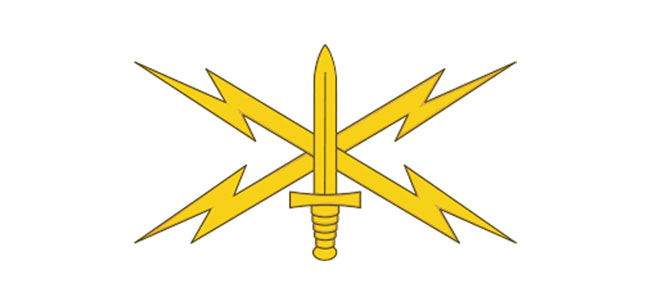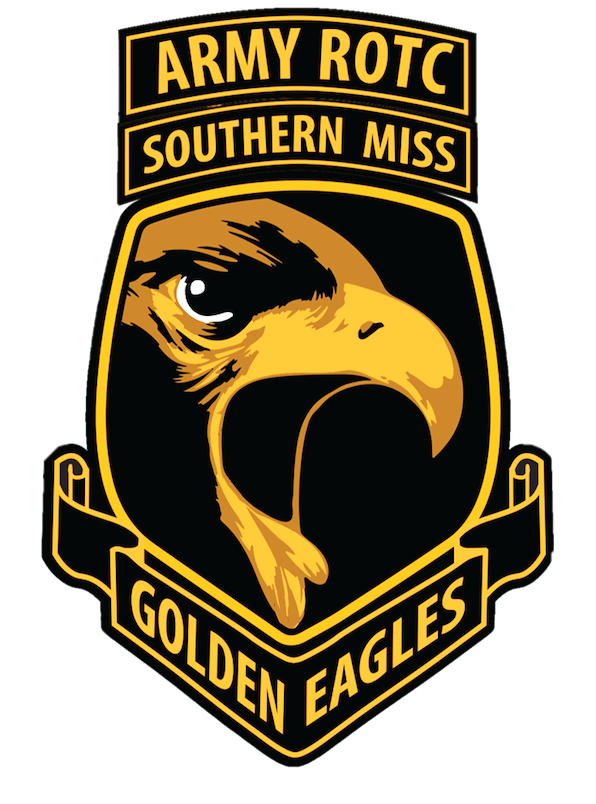Military Science
Army Branches
Page Content
You’ll find an array of Officer career fields, called branches, in the Army. The U.S. Army has 17 different branches for Cadets to compete for. Being selected into one of the branches is the culmination of the training process that begins from the very first day a Cadet steps into our campus. After you graduate and commission as a Second Lieutenant, your career as an Officer will be just starting!
Combat Arms
Armor Corps
 The Armor Branch is a command centric branch that prepares officers to command combined
arms formations across the full spectrum of military operations. The Armor Branch
serves two primary functions in support of unified land operations: firstly, to provide
combined arms formations the capability to close with and destroy the enemy using
fire, maneuver, and shock effect ; secondly, to provide cavalry and scout formations
the capabilities to perform reconnaissance and security during combined arms maneuver
and wide area security operations.
The Armor Branch is a command centric branch that prepares officers to command combined
arms formations across the full spectrum of military operations. The Armor Branch
serves two primary functions in support of unified land operations: firstly, to provide
combined arms formations the capability to close with and destroy the enemy using
fire, maneuver, and shock effect ; secondly, to provide cavalry and scout formations
the capabilities to perform reconnaissance and security during combined arms maneuver
and wide area security operations.
Air Defense
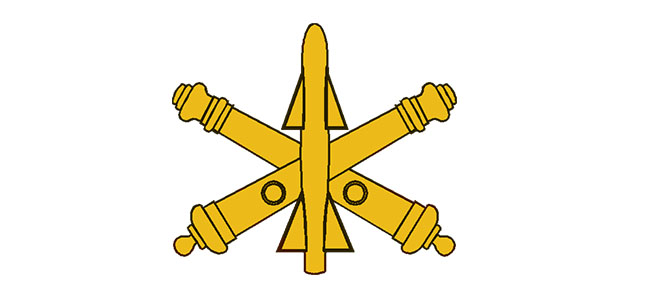
Army Air Defense (ADA) organizations provide the Army and Joint forces with a capability to defend against a wide array of hostile aerial and missile threats while ensuring a modular and expeditionary force able to meet future joint force requirements. Combat-proven ADA weapons platforms (shooters) and early warning systems (sensors) provide the Army and Joint forces with technologically advanced, fully digitized capabilities enabling detection and engagement of air and missile threats much earlier, at greater distances, and with increased lethality while simultaneously reducing risk to friendly forces. ADA organizations are ideally suited for frequent support to JIIM operations, and their employment can achieve strategic, operational, and/or tactical advantage on the battlefield. ADA organizations are constituted to remain operationally adaptable. ADAM cells at the divisions, BCTs, functional brigades (fires and CAB), multifunctional brigades, and the ground- based mid-course defense (GMD) brigade add challenging assignment opportunities. Future relevant positions include assignments to Patriot and terminal high altitude area defense (THAAD) batteries, indirect fire protection capability/Avenger battalions, the Joint Land Attack Cruise Missile Defense Elevated Netted Sensor (JLENS), and the AN/TPY-2 forward based mode radar batteries.
Aviation

Army Aviation is an Operations branch. Army Aviation provides a maneuver advantage
to Army and joint force commanders in unified land operations through its capabilities
to overcome the constraints of limiting terrain and extended distances. Army Aviation
essentially operates in the land domain, with the majority of its combat power in
formations at the same echelon as supported ground formations and responsible to the
same higher command. Aviation combat power is integrated with the ground force at
the lowest practical level, ensuring responsiveness to the needs of the ground commander.
Army Aviation conducts reconnaissance and security to develop actionable combat information;
employs fires to destroy, neutralize, or suppress enemy forces; conducts air assault
to maneuver ground forces to positions of advantage in relation to the enemy; provides
air movement of personnel, equipment, and supplies to points of need; conducts air
medical evacuation and provides air traffic services (ATS). When required, select
Army Aviation units can establish and operate Army and Joint airfields in support
of operations.
Corps of Engineers
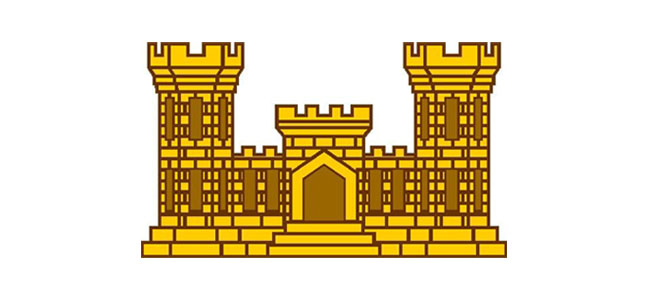
The Engineer Regiment is a sub-profession of the larger profession of arms. It is a body of people — not just equipment or organizations — with a passion to serve as an engineer Soldier who embodies the Warrior Ethos and a technical set of skills. These technical skills set the Engineer Regiment apart via its unique services and knowledge that the Army needs to accomplish its missions. The purpose of the Engineer Regiment and its role within the U.S. Army is first and foremost to bring the three unique capabilities of combat, general, and geospatial engineering to support the overall efforts of the Army. Engineer warriors lead to serve ground forces: a regiment inspired to answer the commander's call. All officers are expected to possess the base characteristics that will enable them to develop into agile and adaptive leaders for the 21st century. Our leaders must be grounded in Army Values and the Warrior Ethos, competent in their core proficiencies, and broadly experienced to operate across the range of military operations.
Field Artillery
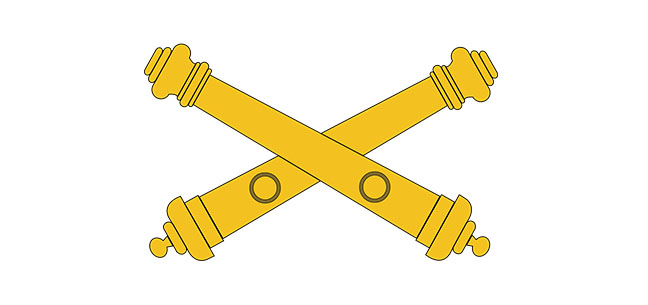
The mission of the Field Artillery is to destroy, defeat, or disrupt the enemy with
integrated fires to enable maneuver commanders to dominate in unified land operations.
The Field Artillery branch develops officers who are uniquely qualified to support
Army and joint forces commanders. Field Artillery officers serve in every combined
arms formation in the United States Army. They work directly for maneuver commanders
in infantry, Stryker, armor, airborne, air assault and Ranger units to coordinate,
synchronize, and integrate Army, joint (Air Force, Navy, and Marine), and multinational
assets to create effects on targets.
Infantry
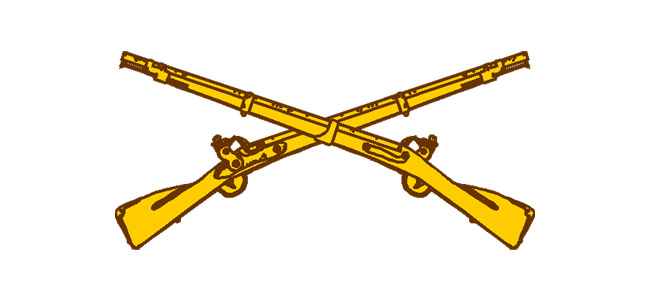 The Infantry Branch is the maneuver branch with the mission to close with and destroy
the enemy by means of fire and movement to defeat or capture him, or repel his assault
by fire, close combat and counterattack.The Infantry is the only branch specifically
designed to engage the enemy in direct ground combat. Infantry officers are valued
for their physical and mental toughness, and their innate ability to focus on mission
accomplishment in the most austere environments.
The Infantry Branch is the maneuver branch with the mission to close with and destroy
the enemy by means of fire and movement to defeat or capture him, or repel his assault
by fire, close combat and counterattack.The Infantry is the only branch specifically
designed to engage the enemy in direct ground combat. Infantry officers are valued
for their physical and mental toughness, and their innate ability to focus on mission
accomplishment in the most austere environments.
Combat Support
Chemical Corps
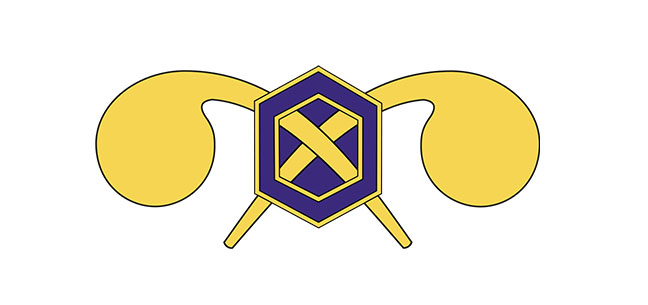 A Chemical, Biological, Radiological and Nuclear officer commands the Army branch
that specifically defends against the threat of CBRN weapons and Weapons of Mass Destruction.
These officers lead an extraordinary chemical unit that is completely dedicated to
protecting our nation.
A Chemical, Biological, Radiological and Nuclear officer commands the Army branch
that specifically defends against the threat of CBRN weapons and Weapons of Mass Destruction.
These officers lead an extraordinary chemical unit that is completely dedicated to
protecting our nation.
Military Police
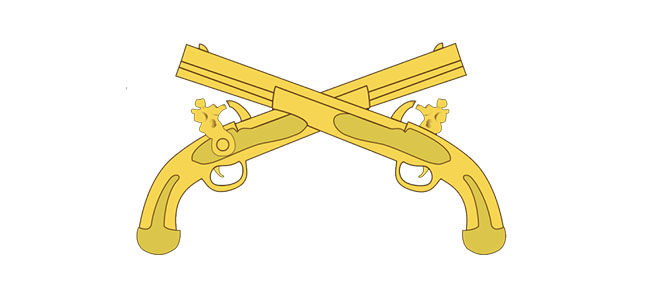 MP Corps officers contribute to operational success by leading MP in missions supporting
unified land operations including offensive, defensive, stability, and civil support
operations. These missions span across the range of military operations from stable
peace to major decisive action consisting of lethal or nonlethal engagement against
a wide range of threats. The MP Corps' diverse capabilities are fully integrated at
every level and mission within the operating environment. MP Officers are developed
to meet the challenges and demands inherent across the range of military operations.
MP Officers must understand: campaign plan execution; cultural, ethnic, political,
tribal, religious and ideological factors; and the dimensions of war (measured in
maturity, timing, infrastructure, and civil authority) that cross through all MP disciplines.
MP Officer experiences and competencies at each progressive level of operations (tactical,
operational, and strategic) are inherent in developing leaders within the MP Corps.
The MP Corps has three unique critical disciplines: police operations, detention operations
and security and mobility support.
MP Corps officers contribute to operational success by leading MP in missions supporting
unified land operations including offensive, defensive, stability, and civil support
operations. These missions span across the range of military operations from stable
peace to major decisive action consisting of lethal or nonlethal engagement against
a wide range of threats. The MP Corps' diverse capabilities are fully integrated at
every level and mission within the operating environment. MP Officers are developed
to meet the challenges and demands inherent across the range of military operations.
MP Officers must understand: campaign plan execution; cultural, ethnic, political,
tribal, religious and ideological factors; and the dimensions of war (measured in
maturity, timing, infrastructure, and civil authority) that cross through all MP disciplines.
MP Officer experiences and competencies at each progressive level of operations (tactical,
operational, and strategic) are inherent in developing leaders within the MP Corps.
The MP Corps has three unique critical disciplines: police operations, detention operations
and security and mobility support.
These functions are introduced here:
- Police operations encompass the associated law enforcement activities to control and protect populations and resources to facilitate the existence of a lawful and orderly environment and uphold the rule of law.
- Detention operations involve the detainment of a population or group that pose some level of threat to military operations.
- Security and mobility support is a MP discipline conducted to protect the force, noncombatants, and preserve the commander's freedom of action.
Military Intelligence
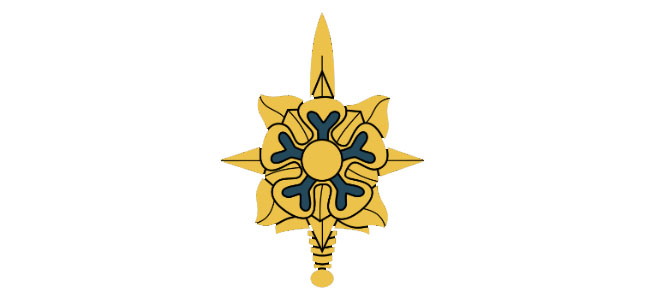 The purpose of intelligence is to support commanders and staffs in gaining situational
understanding of threats, terrain and weather, and civil considerations. Intelligence
is the product resulting from the collection, processing, integration, evaluation,
analysis, and interpretation of available information concerning foreign nations,
hostile or potentially hostile forces or elements, or areas of actual or potential
operations. Intelligence is both a process and a function that enables the Army to
conduct unified land operations. Intelligence is inherently JIIM and leverages the
intelligence enterprise. The Army focuses its intelligence effort through the intelligence
warfighting function. The intelligence warfighting function systematically answers
requirements to support unified land operations. This effort provides information
and intelligence to all of the warfighting functions and directly supports the exercise
of mission command throughout the conduct of operations.
The purpose of intelligence is to support commanders and staffs in gaining situational
understanding of threats, terrain and weather, and civil considerations. Intelligence
is the product resulting from the collection, processing, integration, evaluation,
analysis, and interpretation of available information concerning foreign nations,
hostile or potentially hostile forces or elements, or areas of actual or potential
operations. Intelligence is both a process and a function that enables the Army to
conduct unified land operations. Intelligence is inherently JIIM and leverages the
intelligence enterprise. The Army focuses its intelligence effort through the intelligence
warfighting function. The intelligence warfighting function systematically answers
requirements to support unified land operations. This effort provides information
and intelligence to all of the warfighting functions and directly supports the exercise
of mission command throughout the conduct of operations.
Army Cyber
Army Cyber Warfare directs and conducts cyberspace and information operations as authorized or directed, to ensure freedom of action in and through cyberspace, and to deny the same to our adversaries.
Signal Corps
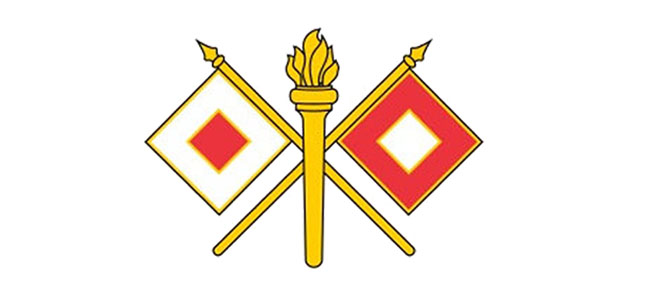 Signal Corps (BR 25) is a branch within the operational support functional category.
Signal officers command and lead units that provide, operate, and defend the Army's
portion of the cyberspace domain (the LandWarNet) consisting of telecommunications
and computer networks, information services (to include visual information), and the
electromagnetic spectrum (EMS) at all levels, from sustaining military bases to global
strategic communication facilities to forward deployed fighting forces in support
of unified land operations. Signal officers conduct or support operations that plan,
integrate, synchronize, coordinate, and/or direct activities that ensure freedom of
action in and through cyberspace and EMS. Signal warrant officers provide in-depth
technical expertise and leadership to operations in cyberspace that ensure network
and information system availability, information protection, and information delivery.
Signal Corps (BR 25) is a branch within the operational support functional category.
Signal officers command and lead units that provide, operate, and defend the Army's
portion of the cyberspace domain (the LandWarNet) consisting of telecommunications
and computer networks, information services (to include visual information), and the
electromagnetic spectrum (EMS) at all levels, from sustaining military bases to global
strategic communication facilities to forward deployed fighting forces in support
of unified land operations. Signal officers conduct or support operations that plan,
integrate, synchronize, coordinate, and/or direct activities that ensure freedom of
action in and through cyberspace and EMS. Signal warrant officers provide in-depth
technical expertise and leadership to operations in cyberspace that ensure network
and information system availability, information protection, and information delivery.
Combat Service Support
Adjutant General Corps
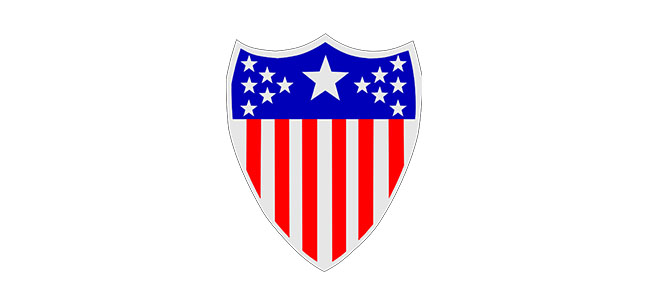
The purpose of the AG Branch is to provide manpower, HR and music support to commanders at all echelons to enhance the readiness and operational capabilities of the total force and ensure success across the full spectrum of military operations. AG branch is an accession branch that is aligned with the force sustainment functional category. AG officers manage functions from the HR life-cycle that include personnel procurement, training, professional development, distribution, sustainment, retirement or separation, to help ensure a quality force and direct the use of Army bands to support friendly forces at home and abroad.
Quartermaster Corps
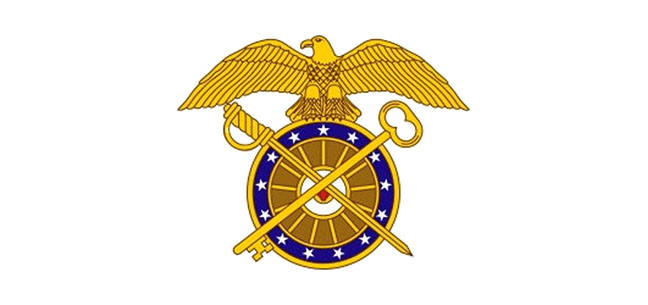
The Quartermaster Corps provides integrated logistics support to sustain Soldiers, units and their equipment in war and peace. The Quartermaster Corps is the largest branch in the U.S. Army with over 150,000 officers, warrant officers, enlisted and civilian personnel serving in all three components — AA, USAR, and the ARNG.
Finance

The financial manager is in charge of the Army’s Finance Corps, who are responsible for sustaining missions through purchases of services and supplies.
Ordnance Corps

The Ordnance branch performs four core missions for the Army: maintenance, ammunition supply and distribution, EOD, and explosives safety through the Defense Ammunition Center. The Ordnance Corps is consistently ranked as the second largest branch in the Army in all three Components — Active, Reserve, and National Guard. The Ordnance branch has two officers AOCs, nine warrant officer MOSs, and 32 enlisted MOSs. There are Ordnance Soldiers assigned to every unit in the Army.
Transportation
 The Transportation Corps is responsible for moving supplies, troops and equipment
anywhere on the globe. During war, the Transportation Corps utilizes trucks, boats
and airplanes to provide extremely fast support to the combat teams on the frontlines.
Transportation officers are experts in the systems, vehicles and procedures of moving
troops and supplies in the Army.
The Transportation Corps is responsible for moving supplies, troops and equipment
anywhere on the globe. During war, the Transportation Corps utilizes trucks, boats
and airplanes to provide extremely fast support to the combat teams on the frontlines.
Transportation officers are experts in the systems, vehicles and procedures of moving
troops and supplies in the Army.
Special Branches
Medical Services
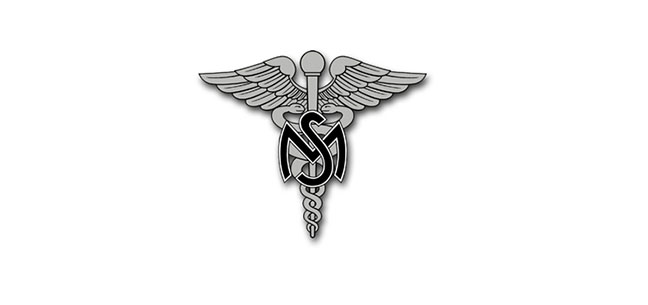
The AMEDD is a special branch of the Army whose mission is to provide health services for the Army and, as directed, for other agencies, organizations and military Services. Six separate officer Corps or branches provide the leadership and professional expertise necessary to accomplish the broad Soldier support functions implicit to the mission.
Nurse Corps
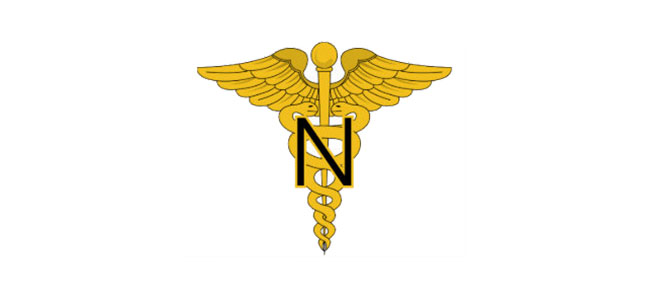
As a nurse on the U.S. Army health care team, you'll play an important role in providing
expert care to our Soldiers and their families. Not only will you enjoy a flexible
schedule, but you can also enhance your career by participating in our specialized
training courses or advanced degree programs.
